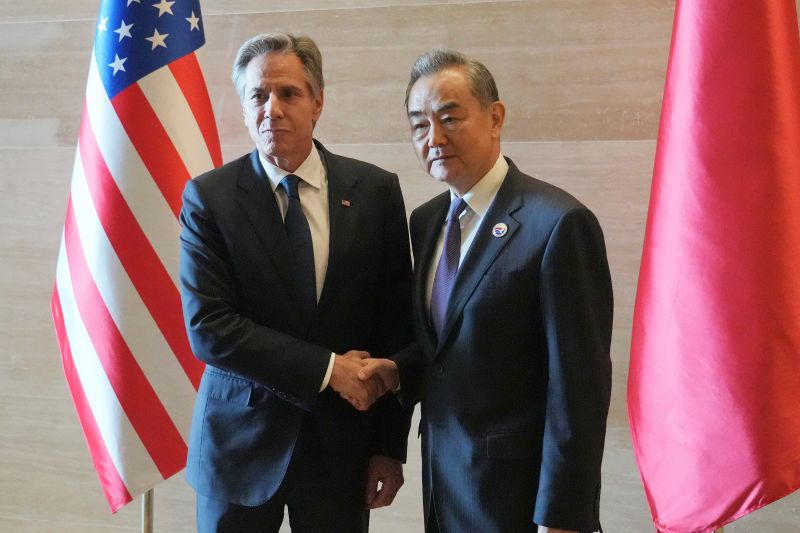The meeting between Antony Blinken, U.S Secretary of State, and Wang Yi, the State Councilor and Foreign Minister of China, is a significant event signaling ongoing diplomacy between two of the world’s most influential countries. This face-to-face engagement was one of the few that took place amid simmering tensions and challenges, notably in Laos—an unusual yet neutral location for such a dialogue. This meeting emphasized the importance of maintaining open lines of communication despite significant differences in political stances and perspectives.
The discussion between Blinken and Yi, two seasoned diplomats, covered a wide range of issues, including the sectors of trade, human rights, climate change, and regional security. All these matters offered both common ground and points of divergence. On trade, for instance, it’s well known that Sino-U.S relations have been strained with issues like tariffs, market access, and intellectual property rights being focal points of disagreement. Yet, instead of avoiding these contentious issues, both diplomats decided to discuss them, demonstrating a willingness to negotiate and find reasonable compromises for the betterment of both nations.
Moreover, Blinken took this as an opportunity to raise concerns over human rights, particularly in relation to China’s handling of Uighur Muslims in Xinjiang and the ongoing situation in Hong Kong. These issues have been critical points of tension between the two nations. Despite anticipated denials and pushback from the Chinese delegation, speaking about these concerns was undoubtedly a bold step, showcasing the United States’ commitment to human rights and democratic values even in the face of potentially damaging diplomatic relations.
Climate change was another prominent subject discussed during the meeting. With China being the world’s largest emitter of greenhouse gases and the U.S. following close behind, the meeting between Blinken and Yi was not merely between two political powerhouses, but also key players in the fight against climate change. Even though policies and strategies differ, this shared responsibility could foster cooperation and collaborative efforts, mutually beneficial and globally impacting.
A critical area of concern broached during the dialogue was regional security, notably the situation in the South China Sea and Taiwan. The U.S. has been very vocal about ensuring freedom of navigation in the contested South China Sea, whereas China claims nearly all of it. Additionally, the U.S. support for Taiwan also served as a wedge between the two nations. Despite these major differences, the very discussion of these issues denotes the intent to keep lines of communication open, possibly anticipating a peaceful resolution.
Furthermore, the meeting location, Laos, carries significance. Being a member of the Association of Southeast Asian Nations (ASEAN), Laos acts as a neutral location that is not directly implicated in U.S-China tensions. This could perhaps depict a symbolic step toward a more multi-polar world, where smaller nations also play a role in mediating between global giants.
To sum up, the Blinken-Yi meeting in Laos entails far more than a routine diplomatic procedure. The willingness to discuss contentious issues despite the potentially adversarial consequences, the earnest dialogue about shared responsibilities like climate change, and the symbolic importance of the chosen location all contribute to the overall international diplomatic landscape, reiterating that the lines of communication remain open between China and the U.S. Thus, while there might be significant hurdles, such diplomatic engagements indicate that the two countries are willing to strive for balanced global diplomacy.




